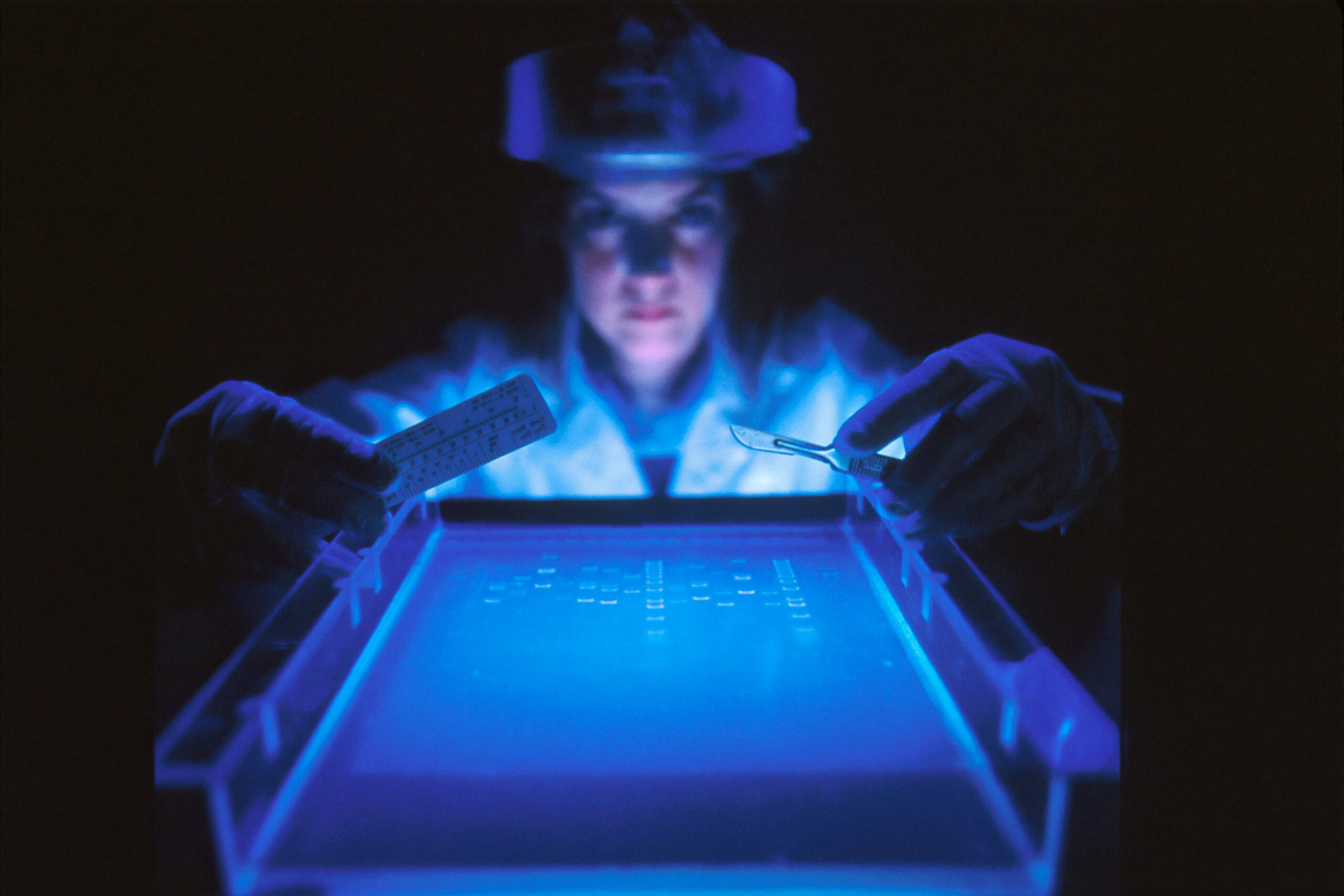If you've experienced the frustrating sensation of dribbling urine, you may be wondering if it could be a sign of prostate problems. This common issue, known as post-void dribbling, occurs when urine continues to leak out after you've finished urinating. While it can be embarrassing and inconvenient, it may also be an indicator of underlying prostate issues. In this article, we'll explore the reasons behind dribbling urine and its potential connection to prostate problems, helping you gain a better understanding of this often-overlooked symptom.
Understanding Urinary Dribbling
Definition of Urinary Dribbling
Urinary dribbling refers to the unintentional loss or leakage of urine that occurs after using the bathroom. It is characterized by the inability to completely empty the bladder, resulting in small amounts of urine escaping gradually, even after urination. This condition can be frustrating and embarrassing, but it is important to understand that it may indicate an underlying prostate problem.
Common Causes of Urinary Dribbling
Urinary dribbling can have various causes, including both prostate and non-prostate related conditions. Among the common causes are prostate enlargement, also known as benign prostatic hyperplasia (BPH), urinary tract infections (UTIs), weakened pelvic floor muscles, nerve damage, and side effects of certain medications. It is vital to identify the underlying cause in order to pursue appropriate treatment and management options.
When to Seek Medical Attention for Dribbling
While occasional urinary dribbling may not be cause for immediate concern, it is advisable to seek medical attention if it becomes a frequent occurrence or if it is accompanied by other symptoms. These symptoms may include difficulty starting or maintaining a urine stream, pain or discomfort during urination, frequent urination, or urgency to urinate. Consulting with a healthcare professional will help determine the underlying cause and establish an appropriate course of action.
Basics of Prostate Health
Understanding the Prostate Gland
The prostate gland is a small, walnut-sized organ located below the bladder in males. Its main function is to produce the fluid that nourishes and protects sperm. As men age, the prostate gland naturally undergoes changes, which can lead to various health conditions affecting urinary and sexual functions. Understanding the structure and function of the prostate gland is crucial in comprehending the potential impact on overall prostate health.
Common Disorders of the Prostate
Several common disorders can affect the prostate gland, leading to urinary and sexual problems. These disorders include benign prostatic hyperplasia (BPH), which is the non-cancerous enlargement of the prostate gland, prostatitis, which is the inflammation of the prostate gland, and prostate cancer, which is the abnormal growth of cells in the prostate gland. Each disorder presents with its own set of symptoms and requires specific treatment and management strategies.
Prostate Health Maintenance
Maintaining good prostate health is essential for overall well-being. A healthy lifestyle, including regular exercise, a balanced diet, and adequate fluid intake, can significantly contribute to optimal prostate health. Additionally, regular medical check-ups, including prostate-specific antigen (PSA) testing and digital rectal exams (DRE), are important for early detection of any potential prostate problems. Early intervention and appropriate management can help mitigate the impact of these disorders on urinary function.

Connection between Prostate and Urination
Prostate's Role in Urination
The prostate gland plays a critical role in the process of urination. It surrounds the urethra, the tube that carries urine from the bladder out of the body. As the prostate gland enlarges or becomes inflamed, it can obstruct the flow of urine through the urethra, leading to various urinary symptoms such as difficulty starting or maintaining a urine stream, weak urine flow, and dribbling after urination. Understanding the impact that prostate issues can have on urination is crucial in recognizing potential problems and seeking appropriate treatment.
How Prostate Problems Affect Urination
Prostate problems, such as BPH or prostate cancer, can significantly affect urination. The enlarged prostate in BPH can narrow the urethra, making it more difficult for urine to pass through, leading to incomplete bladder emptying and dribbling. Prostate cancer, on the other hand, can cause urinary symptoms if the tumor obstructs the urethra or affects the nerves responsible for urinary control. It is essential to be vigilant about any changes in urinary patterns and seek medical evaluation if prostate-related issues are suspected.
Identifying Prostate-Related Urinary Symptoms
Recognizing prostate-related urinary symptoms is crucial for early detection and prompt intervention. Apart from urinary dribbling, other common symptoms include increased frequency of urination, urgency to urinate, difficulty initiating urine flow, weak urine stream, sensation of incomplete bladder emptying, and pain or discomfort during urination. If any of these symptoms are present, it is important to consult with a healthcare professional for further evaluation and appropriate management.
Does Dribbling Signal a Prostate Problem
How Prostate Problems Cause Dribbling
Prostate problems can indeed cause urinary dribbling. In conditions such as BPH, the enlarged prostate can create an obstruction within the urethra, leading to difficulties in emptying the bladder completely. As a result, urine can accumulate in the bladder and slowly leak out, causing dribbling. It is important to distinguish dribbling caused by prostate problems from occasional dribbling due to other factors, such as bladder muscles weakness, in order to address the root cause effectively.
Distinguishing Dribbling from Normal Urination
Distinguishing urinary dribbling from normal urination patterns is essential in determining the need for medical attention. While occasional dribbling after urination can be considered normal, persistent and frequent dribbling should be considered a potential sign of a prostate problem. Monitoring urinary habits and identifying patterns of dribbling will help provide valuable information to healthcare professionals, aiding in accurate diagnoses and appropriate treatment strategies.
Dribbling as a Sole Symptom Versus Other Symptoms
Urinary dribbling as a sole symptom may not necessarily indicate a prostate problem. However, when combined with other urinary symptoms, such as increased frequency, urgency, weak urine stream, or difficulty starting urination, it becomes more likely that a prostate problem may be the underlying cause. Understanding the constellation of symptoms and their relationship to urinary dribbling is crucial in guiding medical evaluation and determining the appropriate course of action.

Other Signs of Prostate Problems
Frequency and Urgency of Urination
Increased frequency and urgency of urination are common signs of prostate problems. As the prostate gland enlarges or becomes inflamed, it can put pressure on the bladder, causing it to contract even when it contains small amounts of urine. This can lead to a frequent and urgent need to urinate, often disrupting daily activities and sleep patterns. Monitoring frequency and urgency of urination is important in recognizing potential prostate problems.
Difficulty Starting and Maintaining a Urine Stream
Another common sign of prostate problems is difficulty initiating and maintaining a urine stream. This can be due to the obstruction caused by an enlarged prostate or inflammation within the gland. The weakened urine flow or hesitancy in starting urination can be indicative of underlying prostate issues. Identifying and reporting these symptoms to a healthcare professional will aid in accurate diagnosis and appropriate treatment planning.
Pain and Discomfort During Urination
Pain or discomfort during urination can be an alarming symptom of prostate problems. In conditions such as prostatitis or prostate cancer, inflammation or the presence of tumors can cause irritation of the urinary tract, resulting in pain or a burning sensation during urination. These symptoms should not be ignored, and medical attention should be sought promptly to address potential underlying prostate conditions.
Prostate Conditions and Urinary Dribbling
Prostate Cancer
Prostate cancer is a serious condition characterized by the abnormal growth of cells in the prostate gland. While urinary dribbling is not usually the primary symptom of prostate cancer, it can be present in advanced stages when the tumor obstructs the urethra or affects the nerves responsible for urinary control. Regular prostate screenings and early detection are crucial for prompt intervention and improved outcomes.
Benign Prostatic Hyperplasia (BPH)
Benign prostatic hyperplasia (BPH), also known as prostate enlargement, is a common condition affecting aging men. It is characterized by the non-cancerous growth of the prostate gland, which can lead to urinary symptoms such as dribbling, increased frequency, weak urine flow, and difficulty emptying the bladder completely. Effective management of BPH can alleviate urinary dribbling and improve overall quality of life.
Prostatitis and Its Effect on Urination
Prostatitis refers to the inflammation of the prostate gland, which can be caused by infection or other factors. This condition can lead to urinary symptoms, including dribbling, pain or discomfort during urination, increased frequency, and urgency. Proper diagnosis and targeted treatment are essential in addressing prostatitis and alleviating associated urinary symptoms.

Diagnosis of Prostate Problems
Physical Examination and Medical History
Diagnosing prostate problems often begins with a thorough physical examination and medical history assessment. A healthcare professional may perform a digital rectal exam (DRE) to assess the size, shape, and consistency of the prostate gland. Furthermore, obtaining a detailed medical history can provide valuable information regarding urinary symptoms, overall health, and any predisposing factors that may contribute to prostate problems.
Radiological Imaging
Radiological imaging, such as ultrasound or magnetic resonance imaging (MRI), may be utilized to visualize the prostate gland and surrounding structures. These imaging techniques can help evaluate the size of the prostate, identify any abnormalities or tumors, and assess their impact on urinary function. Radiological imaging plays a crucial role in confirming diagnoses and guiding treatment decisions.
Laboratory Tests Including PSA Testing
Laboratory tests, including prostate-specific antigen (PSA) testing, are commonly employed to aid in the diagnosis of prostate problems. PSA is a protein produced by the prostate gland, and elevated levels can indicate prostate enlargement, inflammation, or the presence of prostate cancer. However, it is important to note that PSA testing alone is not sufficient for a definitive diagnosis, and further medical evaluation is often necessary to determine the underlying cause of urinary symptoms.
Treatment Options for Prostate Problems
Watchful Waiting Approach
In some cases, a watchful waiting approach may be employed for mild prostate problems. This involves monitoring symptoms over time without immediate intervention. It is often utilized for conditions such as mild prostatitis or early-stage BPH, where symptoms may be manageable without aggressive treatment. Regular follow-up appointments are crucial during this time to ensure that symptoms do not worsen or significantly impact quality of life.
Medication Therapies
Medication therapies are commonly employed to manage prostate problems, especially in cases of BPH or prostatitis. Alpha-blockers, 5-alpha reductase inhibitors, and antibiotics are among the medications prescribed to alleviate urinary symptoms, reduce inflammation, or shrink an enlarged prostate. It is important to adhere to the prescribed medication regimen and attend follow-up appointments to assess the effectiveness and monitor any potential side effects.
Surgical Procedures and Their Implications
In cases where medication therapies are ineffective or symptoms are severe, surgical intervention may be necessary. Surgical procedures for prostate problems can range from minimally invasive techniques, such as transurethral resection of the prostate (TURP), to more extensive procedures like prostatectomy. Each surgical option has its own implications, and the choice of procedure depends on the individual's condition, overall health, and the severity of symptoms. A healthcare professional will guide the decision-making process and discuss the potential benefits and risks of each surgical option.
Management of Urinary Dribbling
Behavioral Techniques
Behavioral techniques can be employed to manage urinary dribbling and improve bladder control. These techniques may include timed voiding, pelvic floor muscle exercises (Kegel exercises), and fluid and diet modifications. Timed voiding involves urinating on a regular schedule, even when there is no immediate need, to prevent urine from accumulating and causing dribbling. Pelvic floor muscle exercises strengthen the muscles involved in urinary control, promoting better bladder control and reducing dribbling episodes.
Medication Treatments
Medications specifically aimed at improving bladder control may be prescribed to manage urinary dribbling. These medications, such as anticholinergics or alpha-adrenergic agonists, work by relaxing the bladder muscles or tightening the urinary sphincter, resulting in improved bladder control and reduced dribbling. It is important to discuss medication options with a healthcare professional and carefully follow the prescribed regimen to achieve optimal results.
Use of Medical Devices
In some cases, medical devices can be used to manage urinary dribbling. External urinary collection devices, such as penile clamps or pads, can be employed to contain and absorb urine leakage. These devices can provide temporary relief and allow individuals to maintain their daily activities with confidence. Consulting with a healthcare professional will help determine the most appropriate medical device option based on individual needs and preferences.
Impact of Prostate Problems on Quality of Life
Psychological and Emotional Challenges
Prostate problems can significantly impact an individual's quality of life, leading to psychological and emotional challenges. Urinary dribbling, frequent urination, and other associated symptoms can cause embarrassment, anxiety, and a reduced sense of well-being. Anxiety about leakage and potential accidents in social situations can lead to social withdrawal and decreased quality of life. It is important to address these psychological and emotional challenges alongside the medical management of prostate problems.
Social Challenges and Relationships
Prostate problems, including urinary dribbling, can affect social interactions and relationships. Individuals may feel self-conscious or embarrassed about their condition, leading to avoidance of social activities or intimate relationships. Open communication with loved ones and seeking support from healthcare professionals and support groups can help address these challenges. Understanding that prostate problems are common and treatable can alleviate concerns and allow individuals to confidently engage in social interactions.
Strategies to Maintain Quality of Life Amidst Prostate Problems
Despite the challenges posed by prostate problems, there are strategies individuals can employ to maintain their quality of life. Proper management of prostate conditions, including adherence to treatment plans and regular medical check-ups, is essential. Developing coping mechanisms to handle urinary symptoms, such as using supportive devices or practicing behavioral techniques, can significantly improve daily living. Additionally, seeking emotional support from loved ones and healthcare professionals can provide reassurance, guidance, and perspective when navigating the impact of prostate problems on overall well-being.
In conclusion, while urinary dribbling can be a sign of prostate problems, it is essential to consider the full constellation of symptoms and seek medical attention for an accurate diagnosis. Understanding the relationship between the prostate gland and urination, differentiating normal dribbling from abnormal patterns, and recognizing other signs of prostate problems are crucial in addressing these conditions effectively. With medical intervention, appropriate treatment options, and proper management, individuals can maintain an optimal quality of life despite prostate problems.

